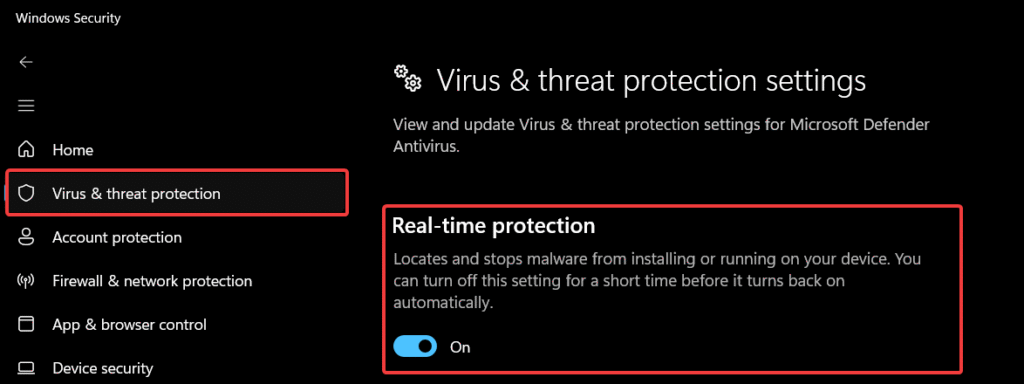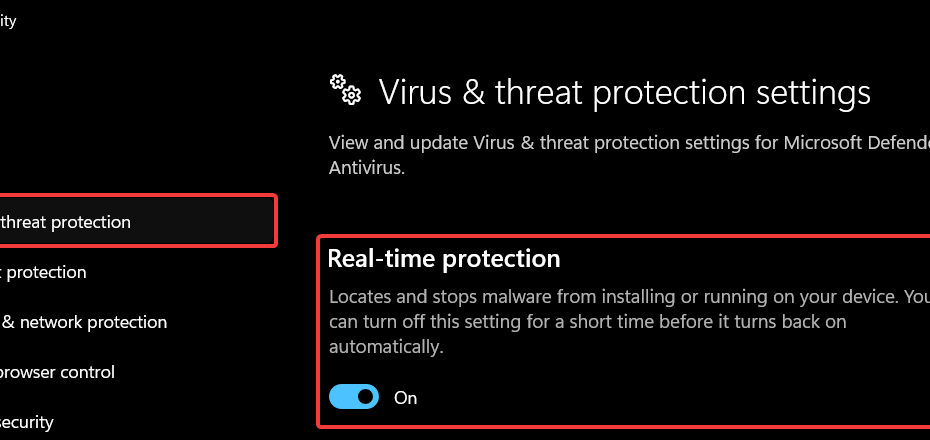Is your computer truly safe? You might be overlooking a powerful, free security tool already built into your system. This guide explains exactly how to activate Windows security on your device windows 11 & 10, giving you immediate protection from online threats without any extra cost.
Understanding Windows Security
First things first, Windows Security (often called Windows Defender) is Microsoft’s comprehensive, built-in antivirus and security suite. It’s designed to provide a strong defense against viruses, malware, ransomware, and spyware. It includes several key components:
- Virus & threat protection: Provides real-time antivirus scanning and threat detection.
- Firewall & network protection: Monitors network traffic to block unauthorized access.
- App & browser control: Protects you from malicious websites, downloads, and apps using SmartScreen technology.
- Device security: Offers hardware-based security features like Core Isolation.
- Account protection: Helps you manage your sign-in options and secure your Microsoft account.
Before You Begin: A Crucial First Step
Before activating Windows Security, it is critical to uninstall any other third-party antivirus software you have installed (such as Norton, McAfee, or Avast). Running two antivirus programs at the same time can cause system conflicts, errors, and instability. Windows Security is designed to automatically disable itself if it detects another active antivirus, so removing the other program is the only way to ensure Windows Security can run properly.
How to Activate Windows Security on Your Device: 4 Easy Methods
Activating this tool is refreshingly simple. Here are four different methods, from the easiest to the more advanced.
Method 1: Using the Windows Settings App (Easiest)
This method works for both Windows 11 and 10 and is the most common way to access your security settings.
- Open Windows Security: The fastest way is to press the Windows key, type “Windows Security,” and click on the app from the search results.
- Navigate to Protection Settings: In the Windows Security dashboard, click on Virus & threat protection.
- Manage Settings: Under the “Virus & threat protection settings” section, click on Manage settings.
- Turn on Real-Time Protection: Find the Real-time protection option and flip the toggle switch to On. This is the most critical step, as it enables continuous monitoring for threats.

That’s it! You should now see a green checkmark on the dashboard, indicating your device is protected.
Method 2: Using the Control Panel (Traditional Method)
For those who prefer the classic interface, the Control Panel provides another route.
- Press the Windows key, type “Control Panel“, and open it.
- Navigate to “System and Security” > “Security and Maintenance“.
- Expand the “Security” section and ensure that and click on “Virus Protection“.
- Then ensure “Real-time Protection” is enabled.
Method 3: Using Command Prompt (Advanced Users)
For a quick, technical approach, you can use a single command.
- Press the Windows key, type “cmd,” right-click on Command Prompt, and select Run as administrator.
- Type the following command and press Enter:
powershell Set-MpPreference -DisableRealtimeMonitoring $false
- This command directly enables real-time protection.
Method 4: Using the Group Policy Editor
This method is primarily for users of Windows Pro, Enterprise, or Education editions who find that Windows Security has been turned off by an administrator or a program.
- Press Windows key + R, type gpedit.msc, and press Enter.
- Navigate to Computer Configuration > Administrative Templates > Windows Components > Microsoft Defender Antivirus.
- Find the policy named “Turn off Microsoft Defender Antivirus.”
- Set this policy to Disabled or Not Configured to ensure Windows Security remains active.
Key Features to Configure for Maximum Protection
Activating the software is just the beginning. To get the most out of it, you should ensure these key features are properly configured.
Your firewall monitors network traffic to block unauthorized access.
- In the Windows Security app, go to Firewall & network protection.
- Ensure the firewall is active for your network type (Private and Public).
This feature protects you from malicious websites, downloads, and apps.
- Navigate to App & browser control.
- Turn on Reputation-based protection settings to block potentially unwanted apps and dangerous sites.
This is a vital defense against having your files encrypted and held for ransom.
- Go to Virus & threat protection and click on Ransomware protection.
- Enable Controlled folder access to prevent unauthorized applications from modifying your important files.
Keeping Windows Security Updated
An antivirus is only as good as its latest definitions. While Windows typically updates these automatically, you can check manually.
- Open Windows Security and go to Virus & threat protection.
- Under “Virus & threat protection updates,” click on Protection updates.
- Click Check for updates to ensure you have the latest definitions.
Troubleshooting Common Activation Issues
Sometimes things don’t go as planned. Here are solutions to common problems:
- Real-Time Protection is Greyed Out: This almost always means you still have a third-party antivirus program installed. Use the “Add or remove programs” setting to find and uninstall it, then restart your PC.
- “This setting is managed by your administrator”: This message appears when a Group Policy is preventing you from making changes. Use Method 4 (Group Policy Editor) above to find and disable the “Turn off Microsoft Defender Antivirus” policy.
- Can’t find the Windows Security app: If the app is missing, your system may have corrupted files. Open Command Prompt as an administrator and run the command sfc /scannow to check for and repair system files. Also, ensure Windows is fully updated.
Best Practices for Overall Security
While Windows Security is powerful, it’s one part of a good security strategy.
- Use Strong, Unique Passwords: Avoid reusing passwords across different sites. A password manager can help.
- Enable Two-Factor Authentication (2FA): Always enable 2FA on your important accounts (email, banking) for an extra layer of security.
- Be Cautious with Downloads: Only download software from official and trusted sources.
- Recognize Phishing: Learn to spot suspicious emails and links. Never provide personal information in response to an unsolicited email.
- Back Up Your Data: Regularly back up your important files to an external drive or cloud service.
Read next:
Frequently Asked Questions (FAQs)
Q: Is Windows Security enough to protect my PC?
A: For the vast majority of home users, Windows Defender provides excellent, robust protection that is more than sufficient. Combined with safe browsing habits, it’s a powerful security solution.
Q: Will activating Windows Security slow down my computer?
A: No. Windows Security is designed to be lightweight and efficient, with a minimal impact on system performance. You likely won’t even notice it’s running.
Q: Do I need to uninstall my other antivirus like McAfee or Norton?
A: Yes. It is highly recommended that you uninstall other antivirus programs. Windows Security will automatically disable itself if it detects another active antivirus, and running two at once can cause significant system issues.
Q: How do I know for sure that Windows Security is on and working?
A: Open the Windows Security app. If you see green checkmarks next to the security areas, you’re good to go. Any issues will be flagged with a yellow or red warning icon.
Conclusion: Your PC is Now Secure!
You’ve just learned how to activate windows security on your device windows 11 & 10. By following these simple steps, you have enabled a powerful and free security suite that will keep your computer safe from a wide array of digital threats. For more tips on staying safe online, you can visit official resources like the Cybersecurity & Infrastructure Security Agency (CISA).
Now that you’ve secured your own device, why not share this guide with friends and family? A safer digital community benefits everyone.
IT Security / Cyber Security Experts.
Technology Enthusiasm.
Love to read, test and write about IT, Cyber Security and Technology.
The Geek coming from the things I love and how I look.

